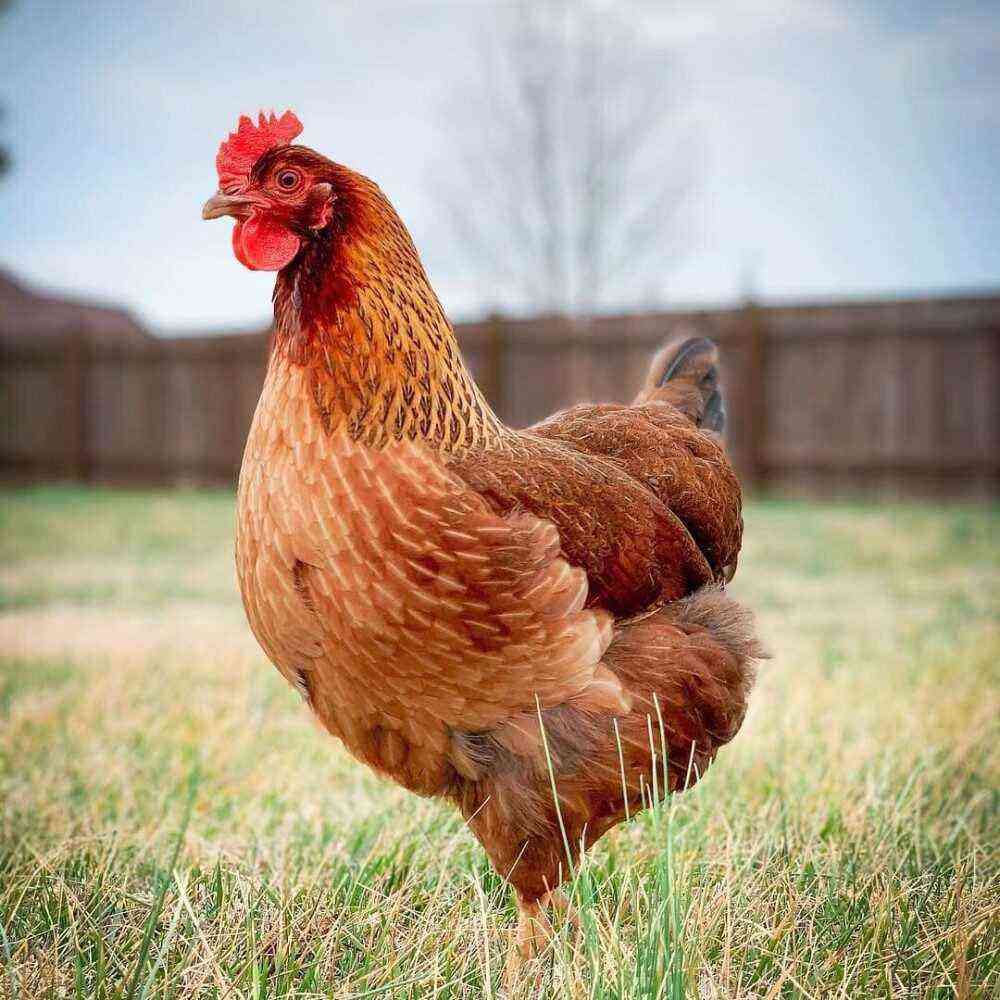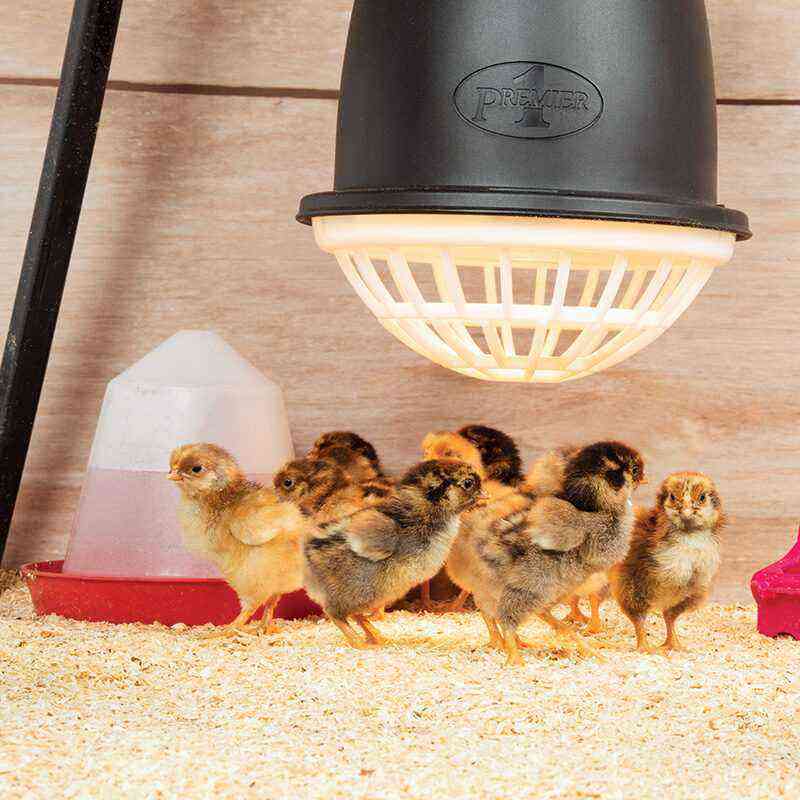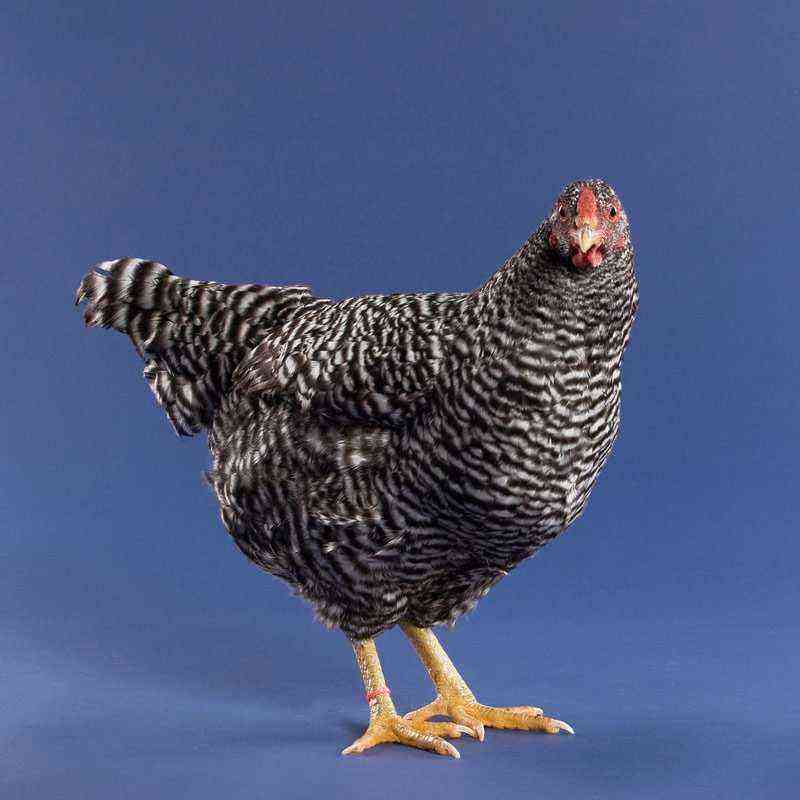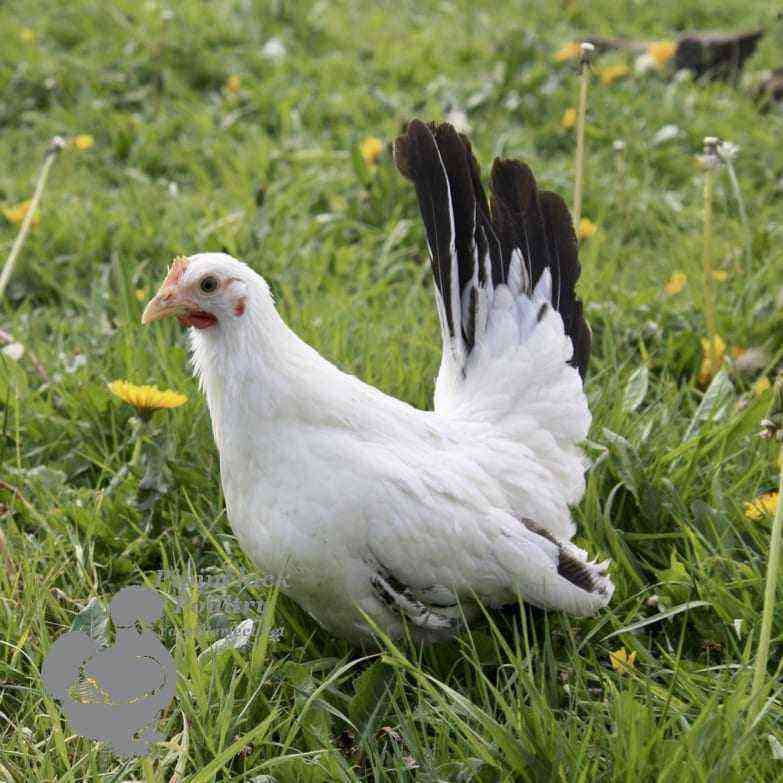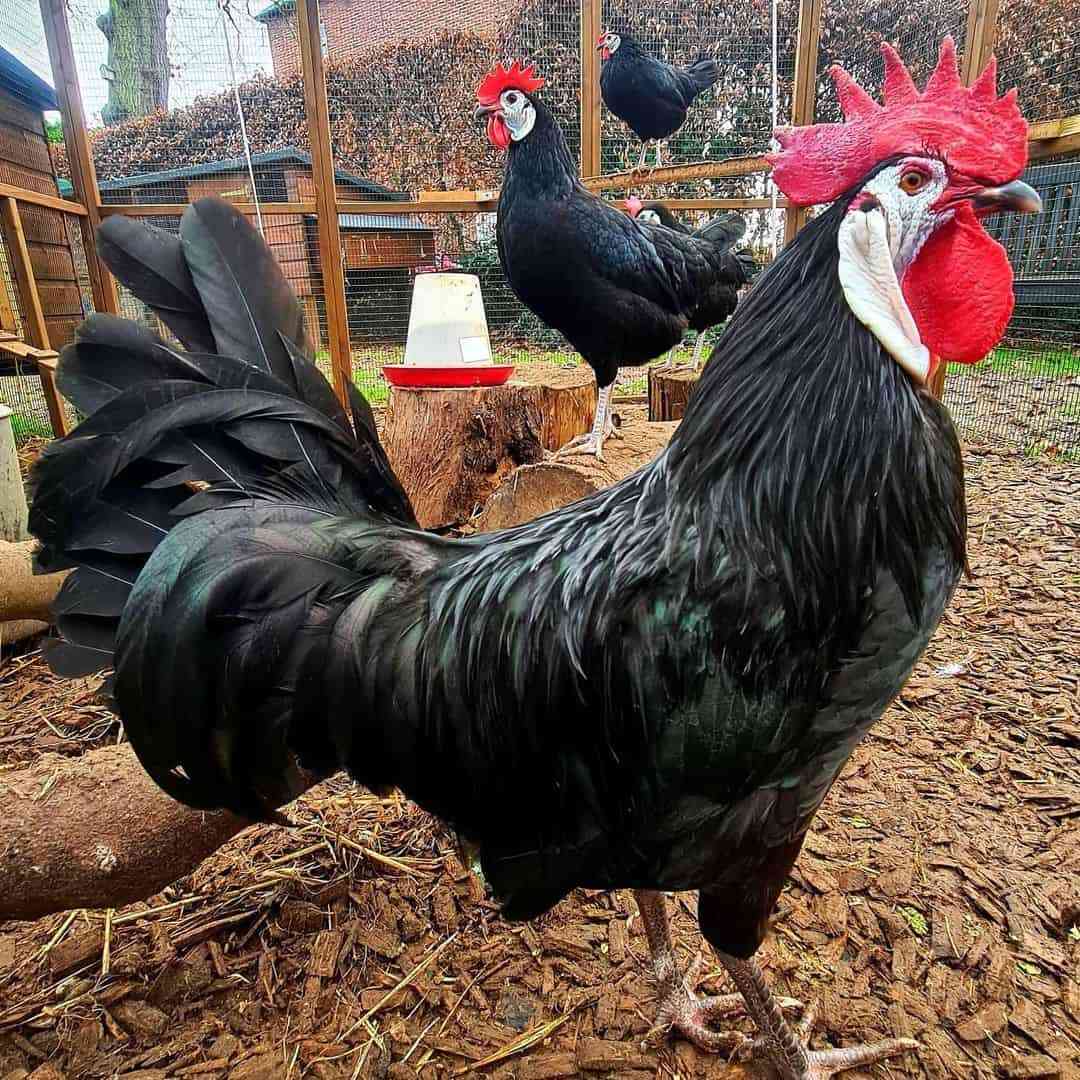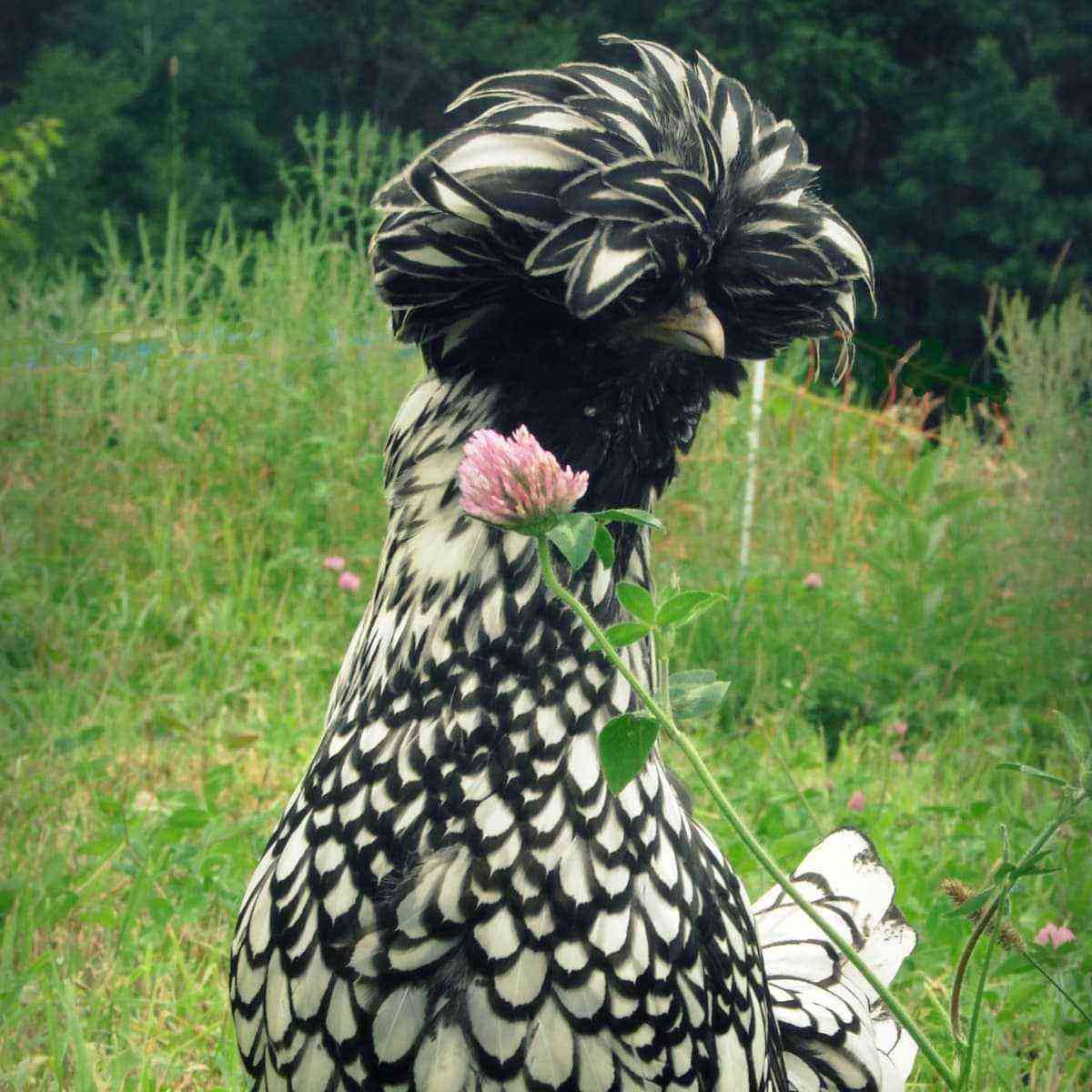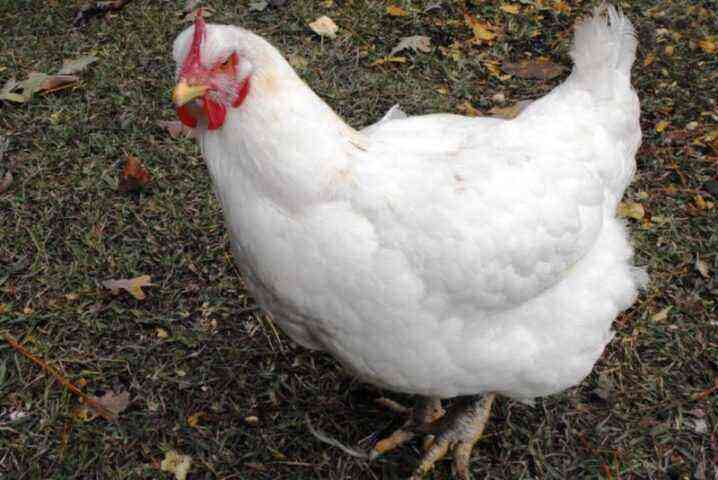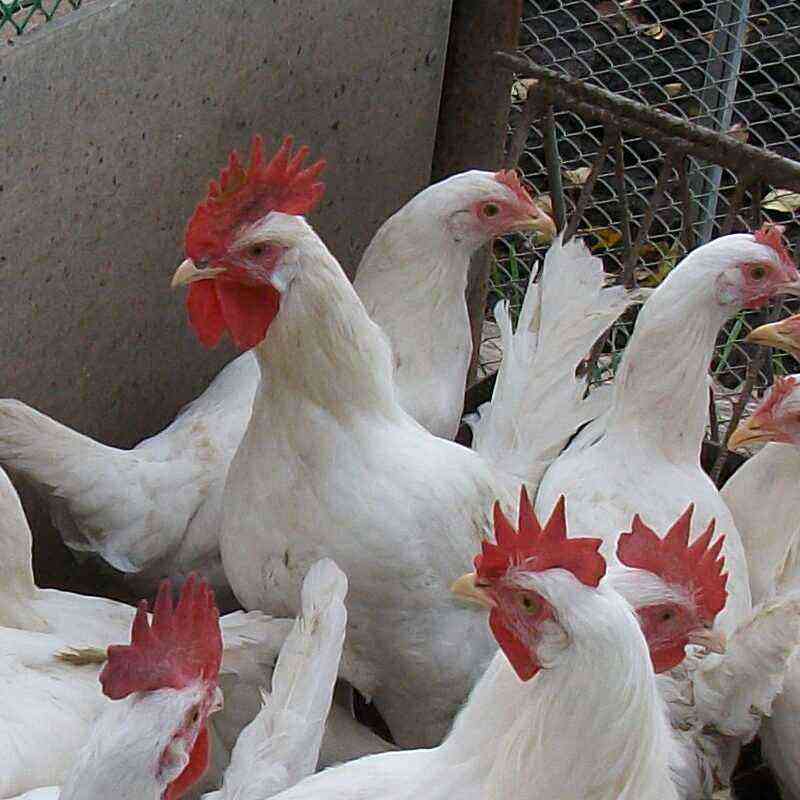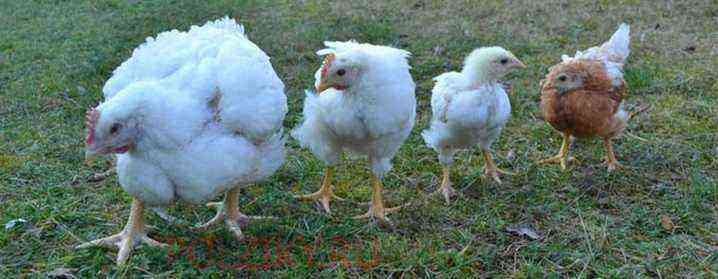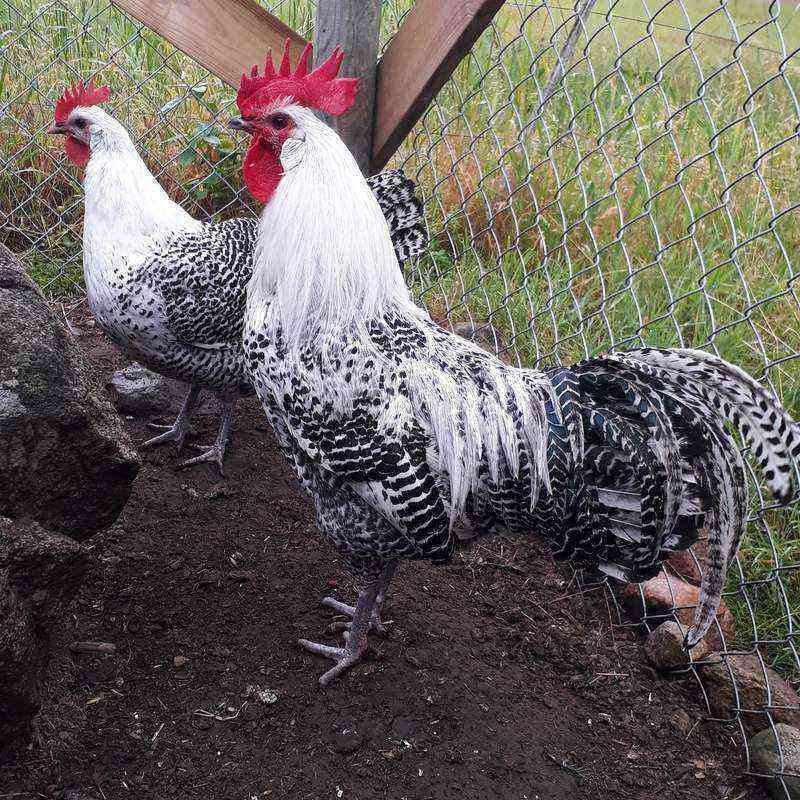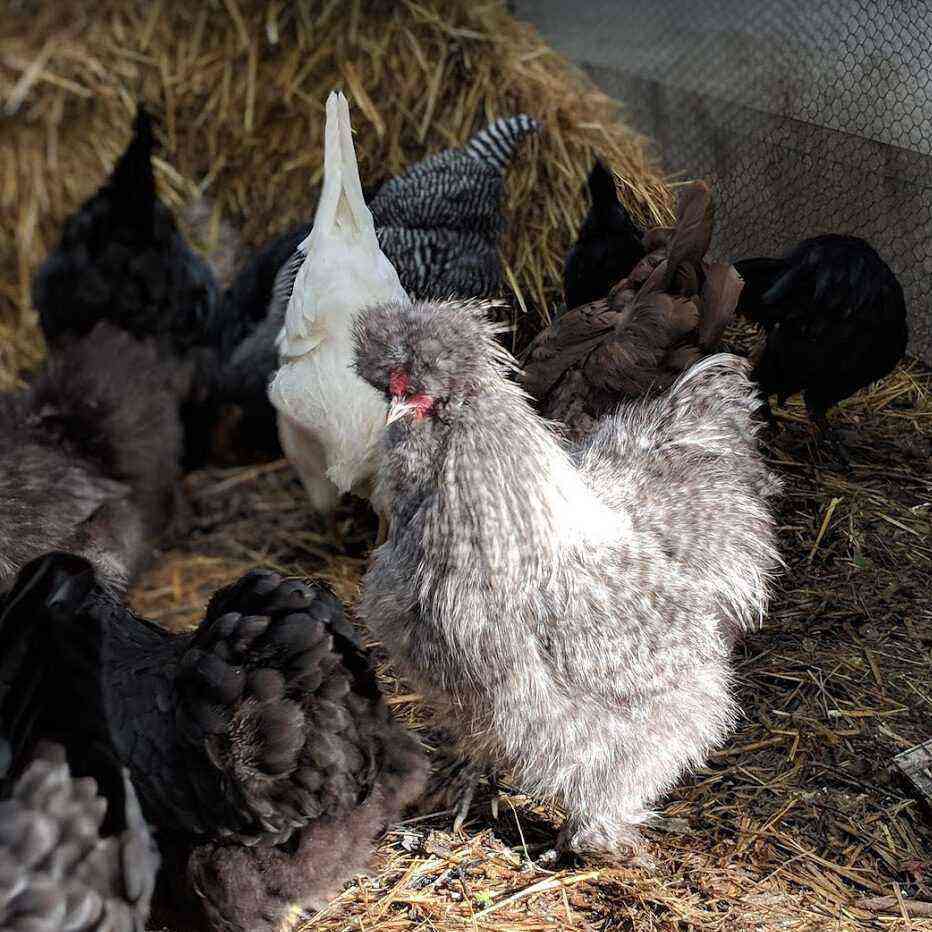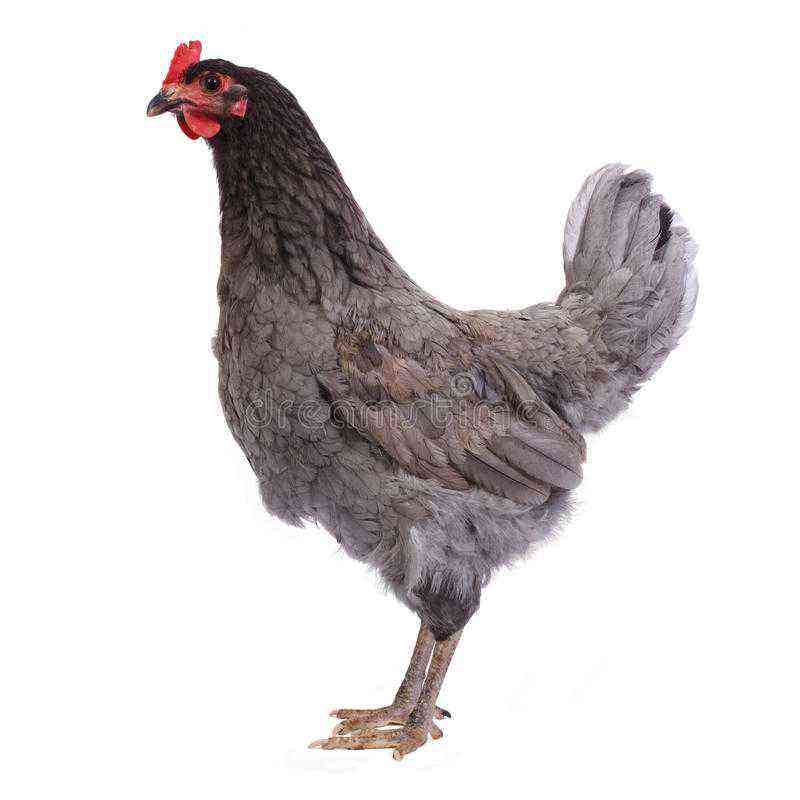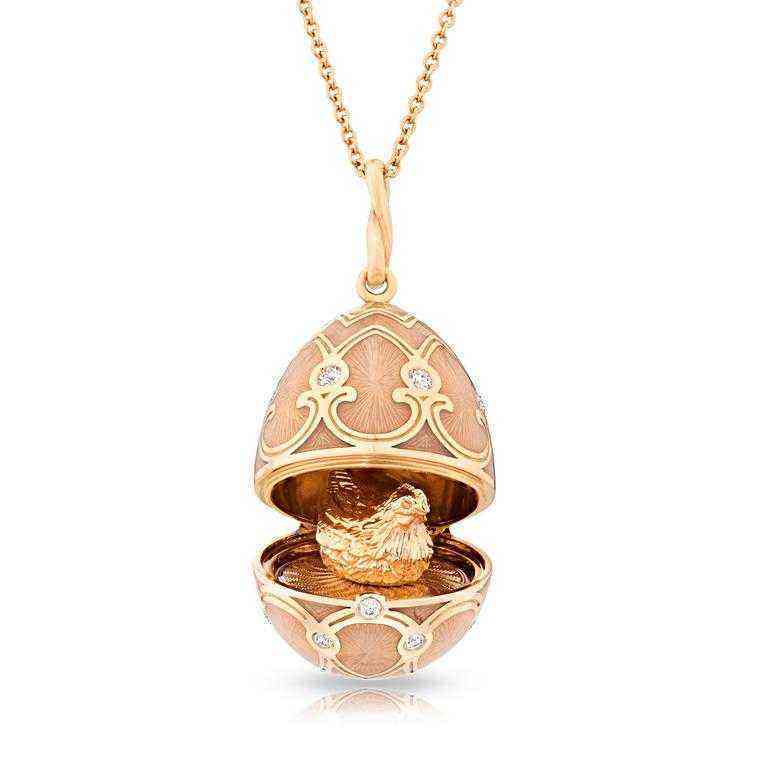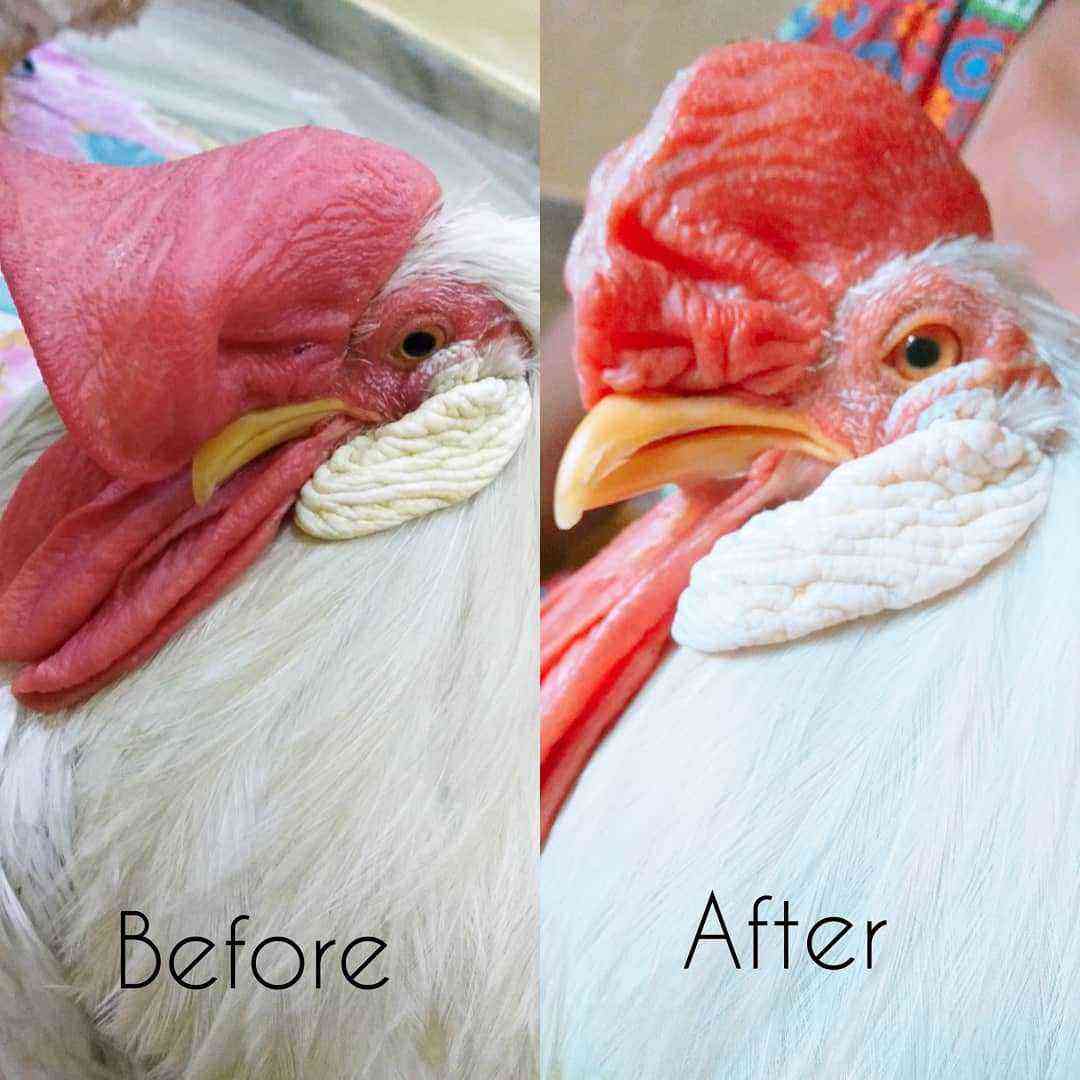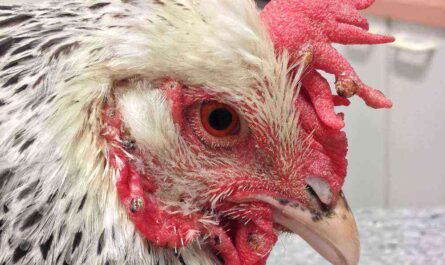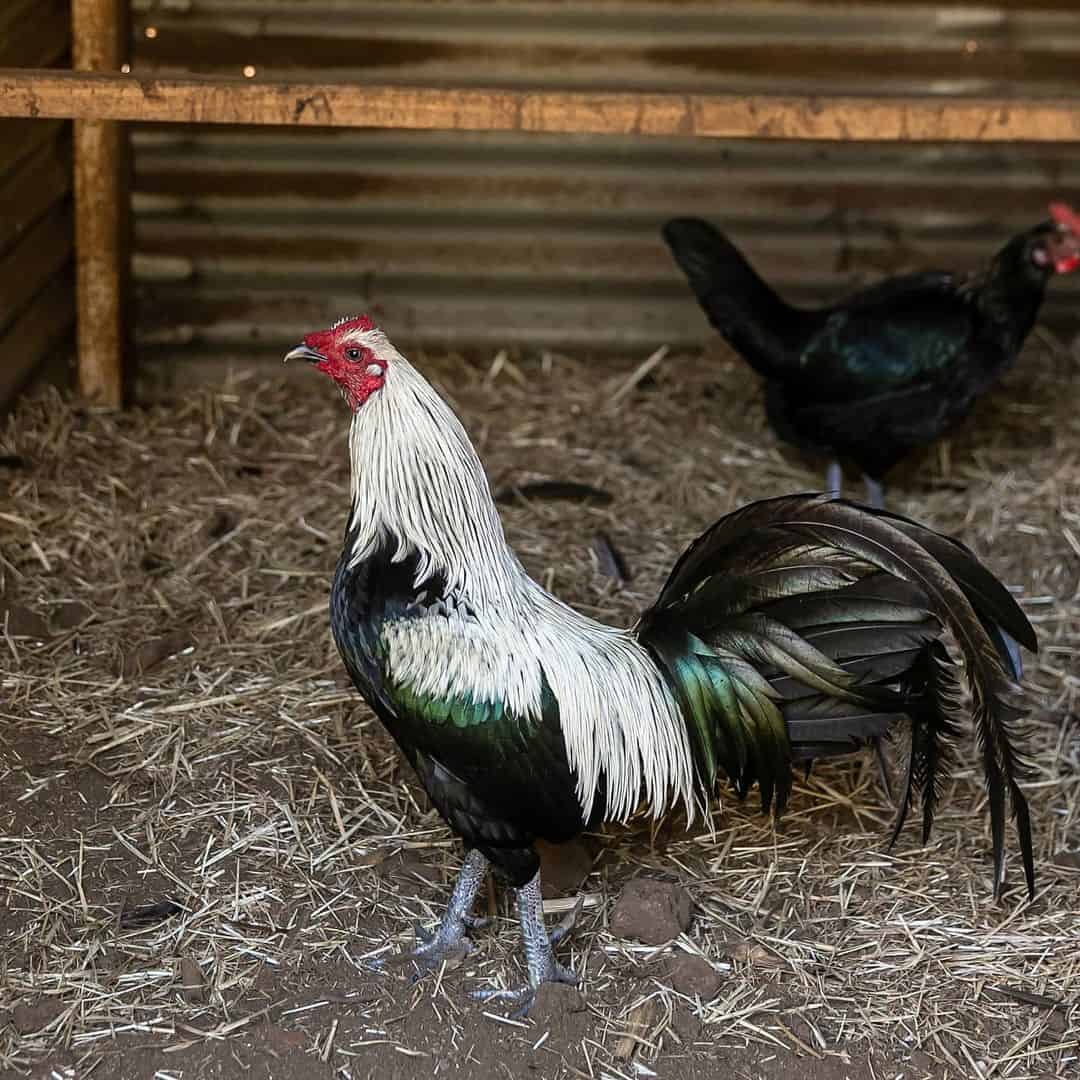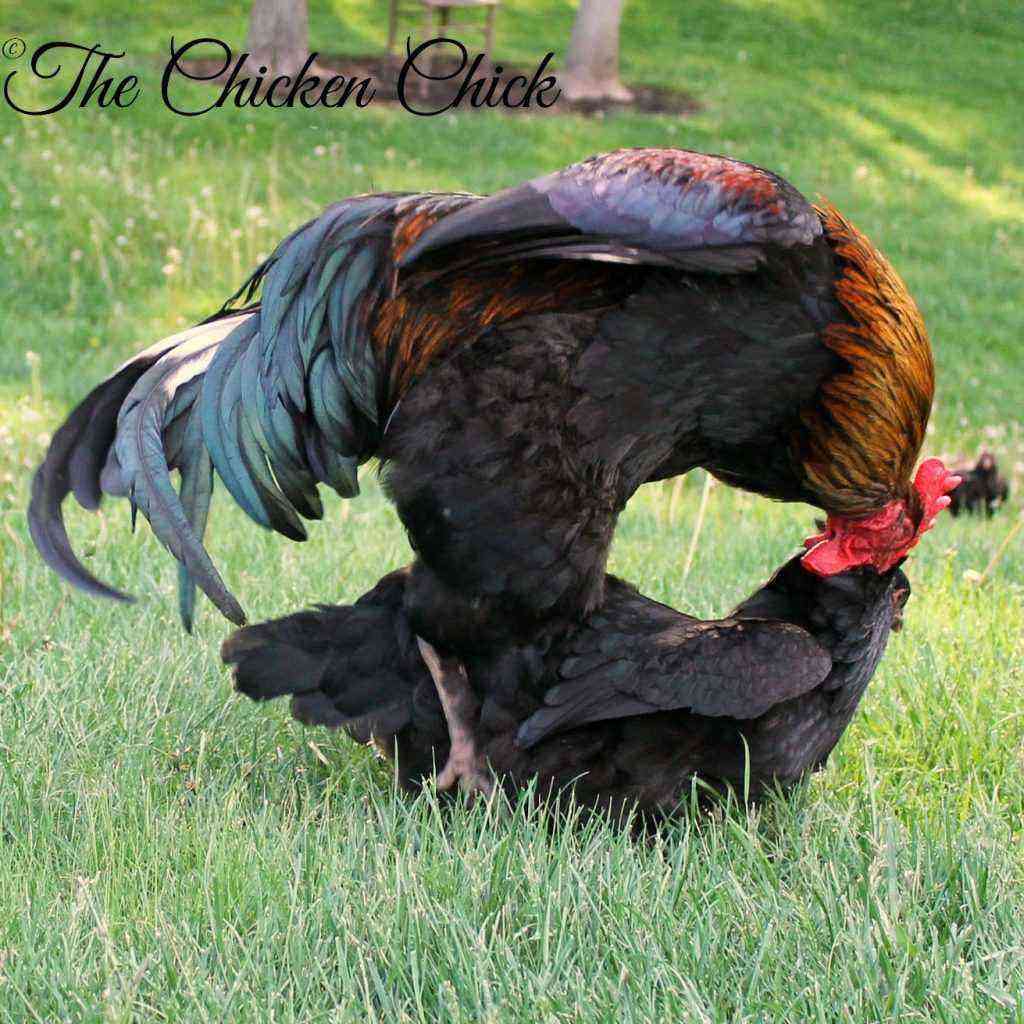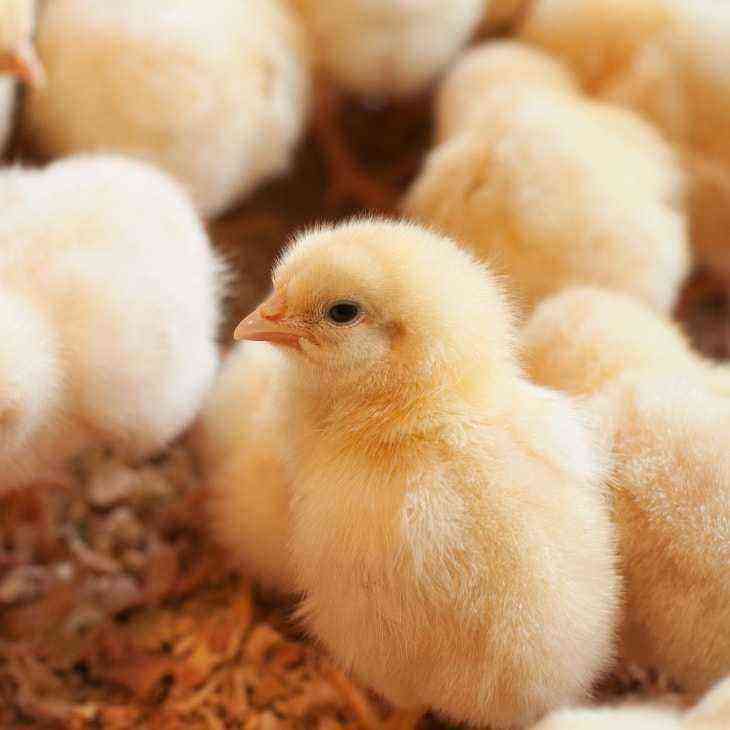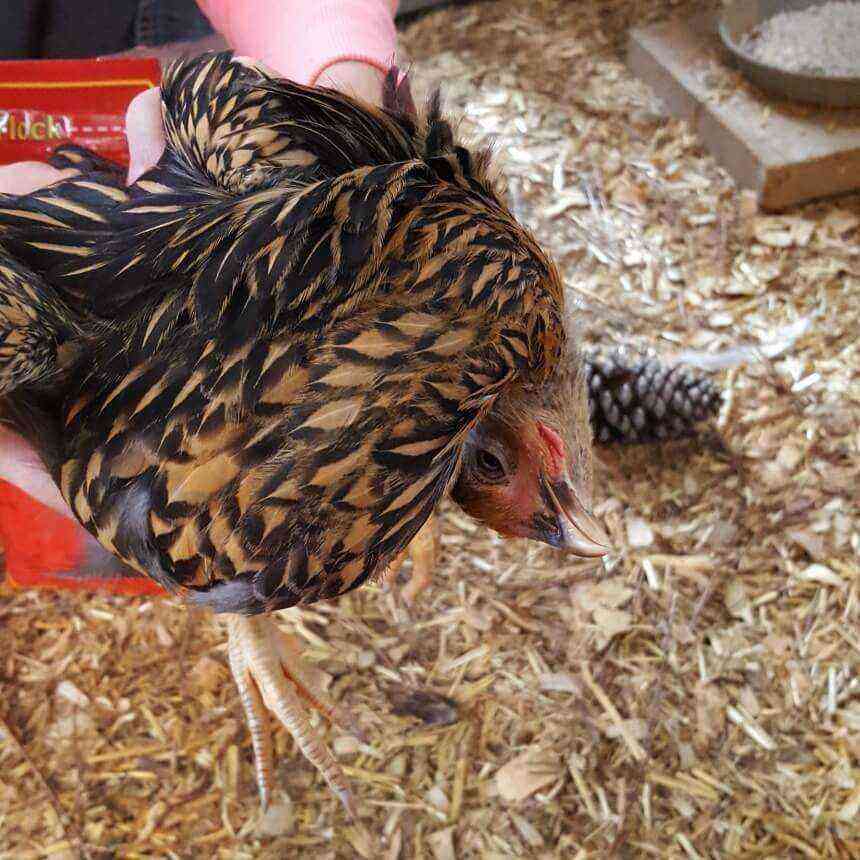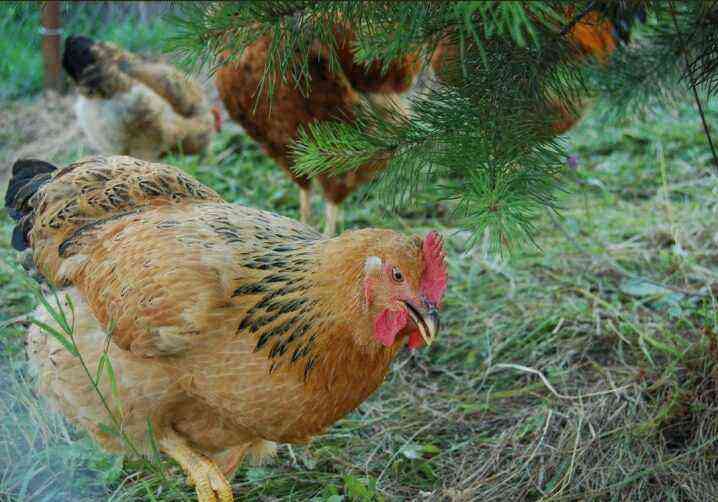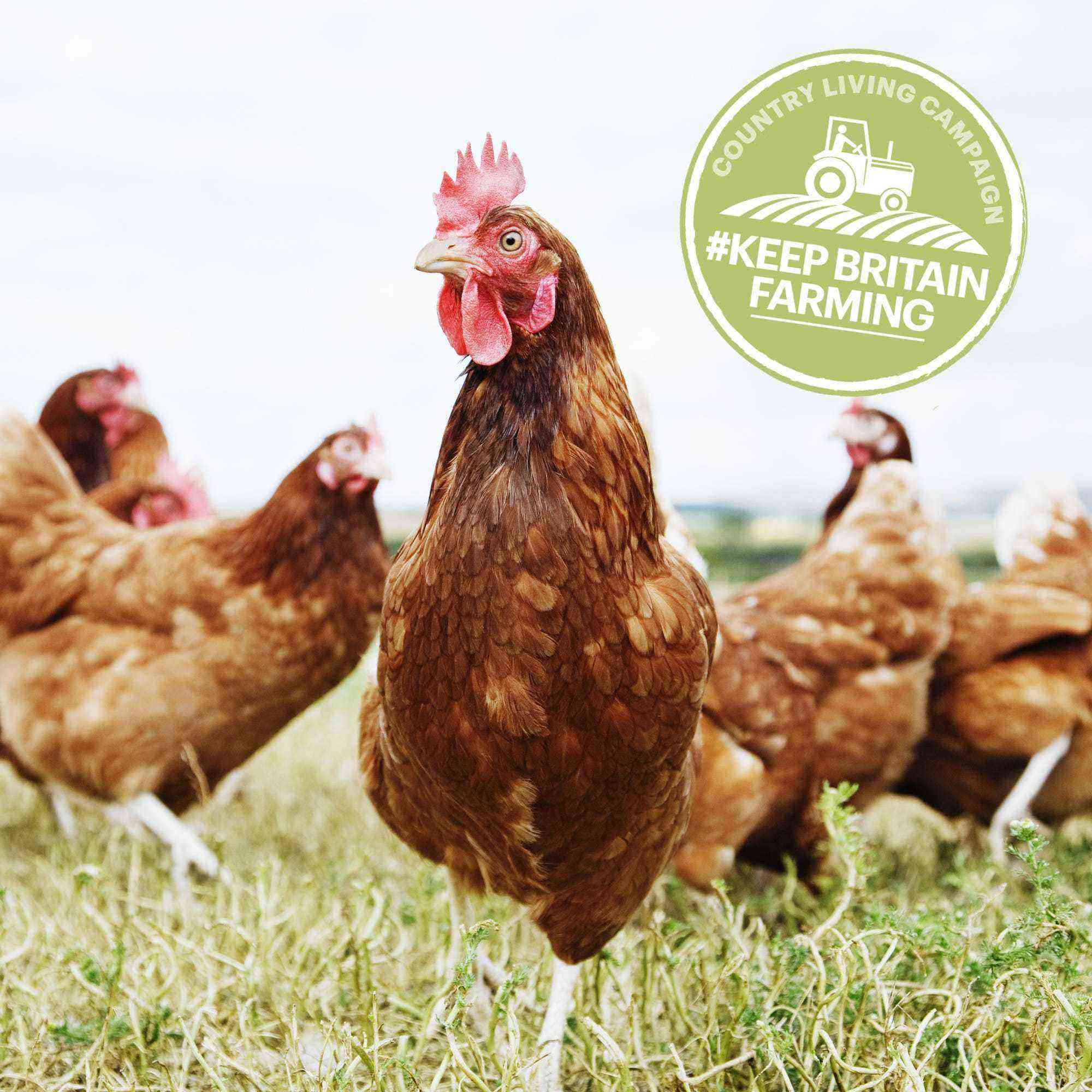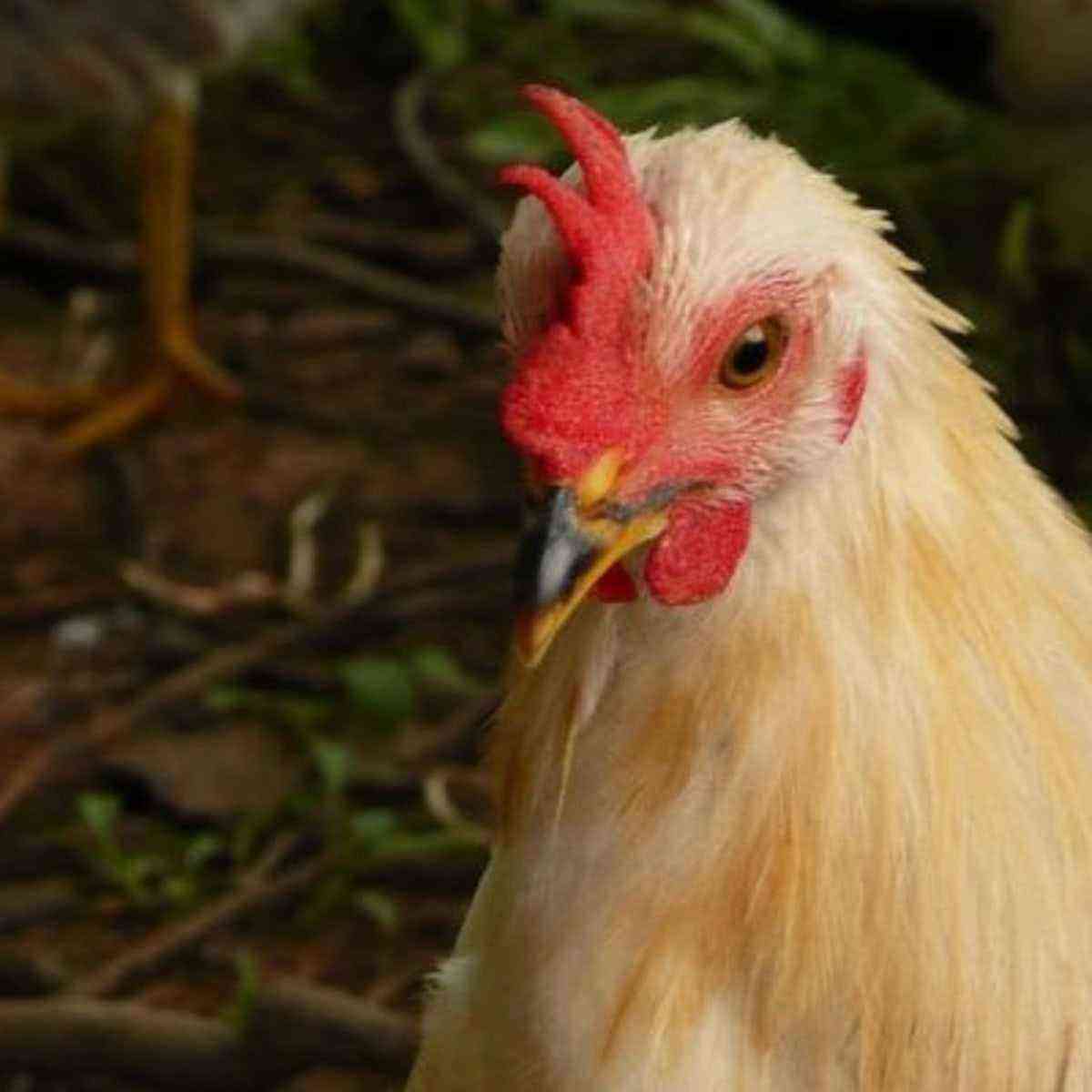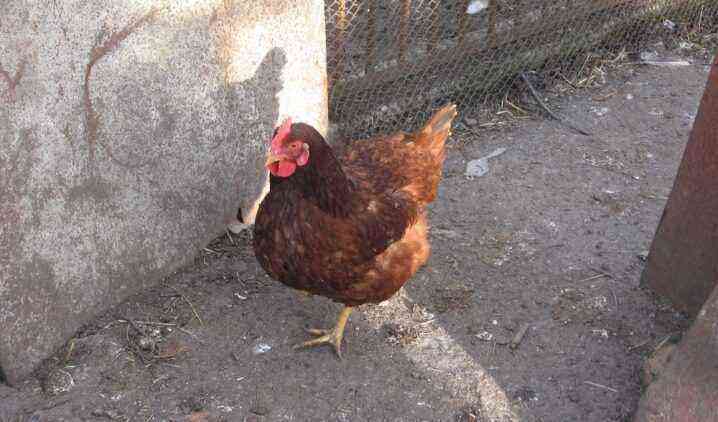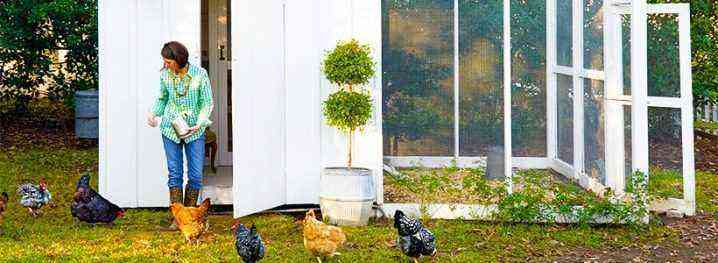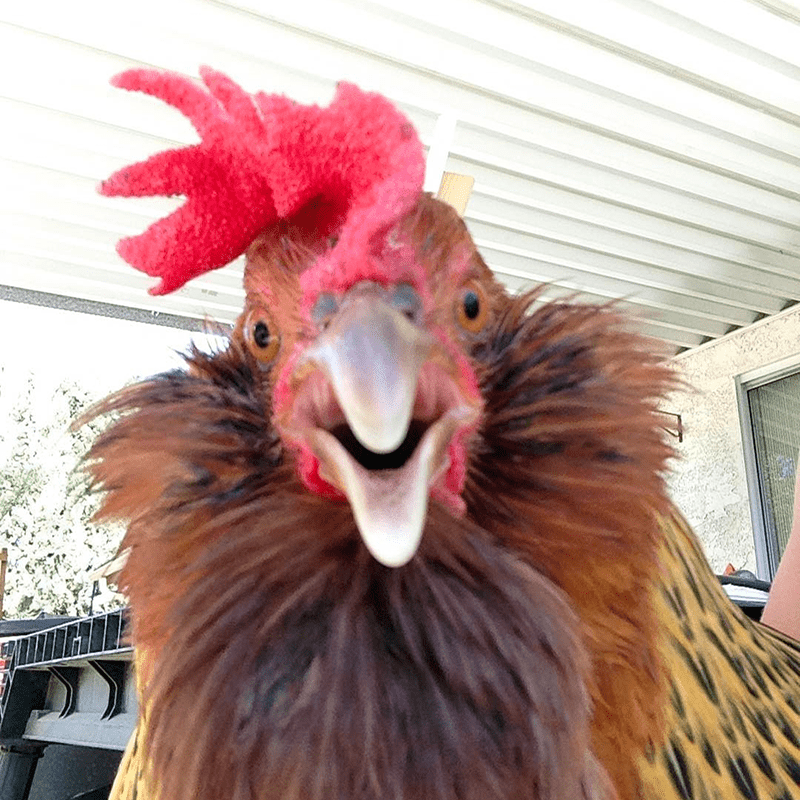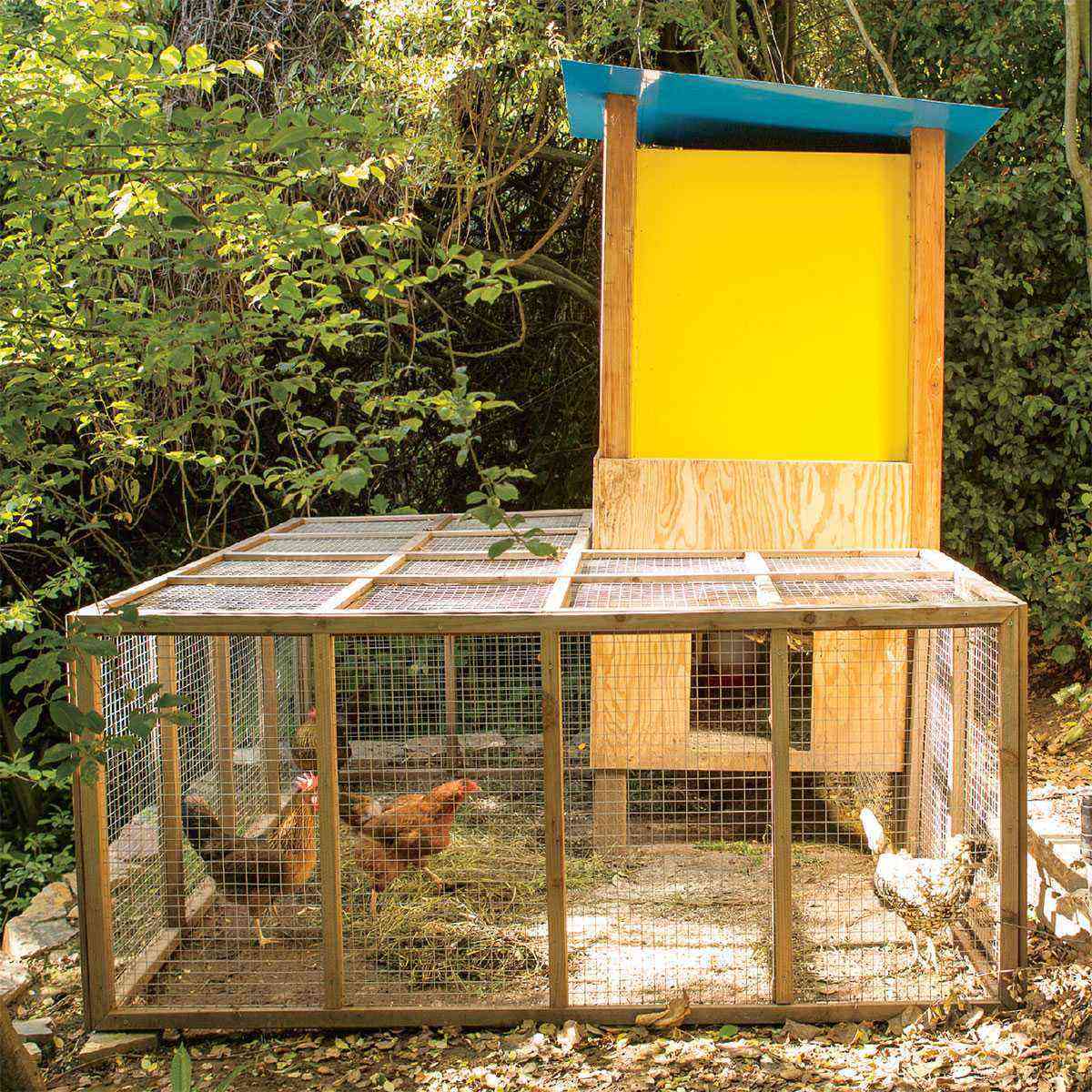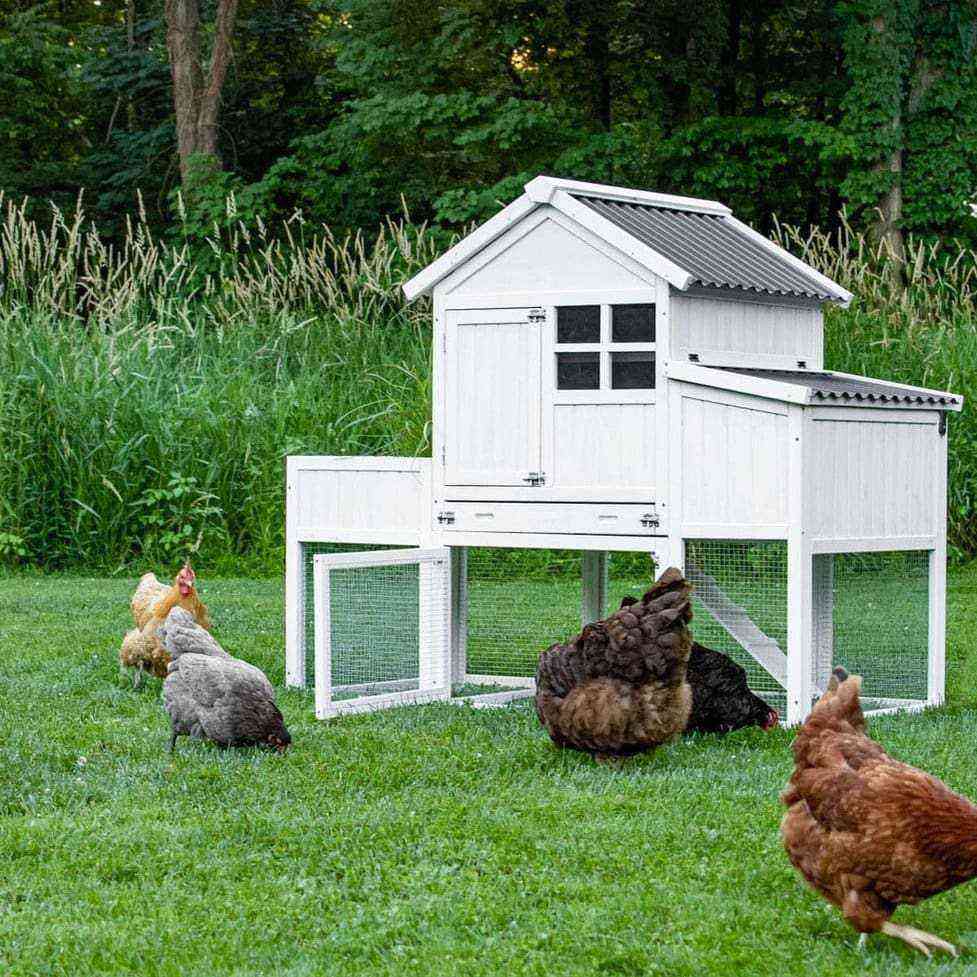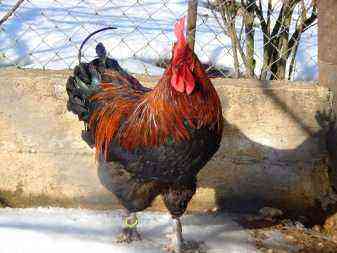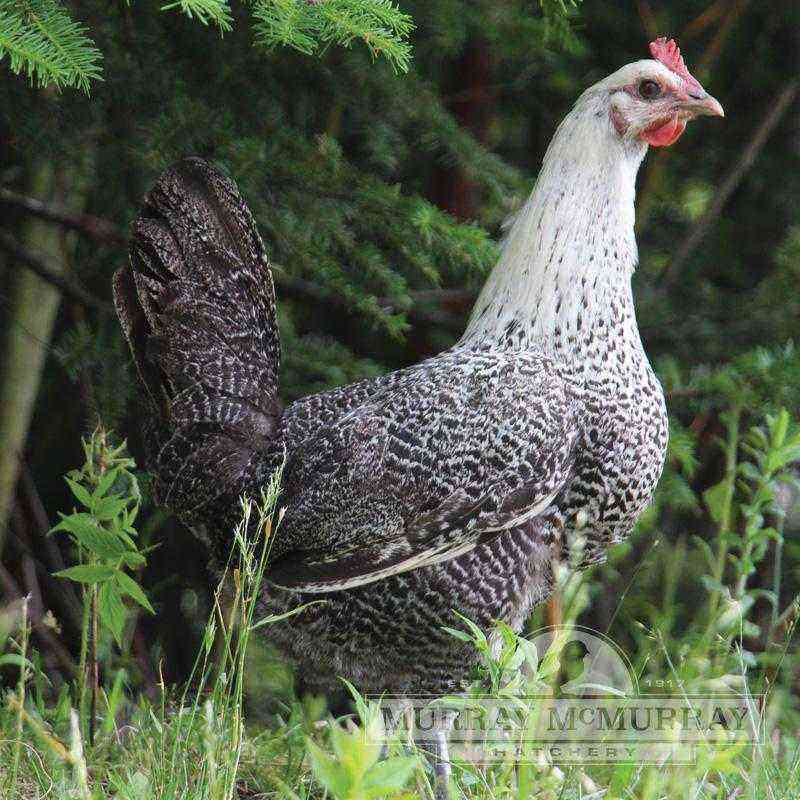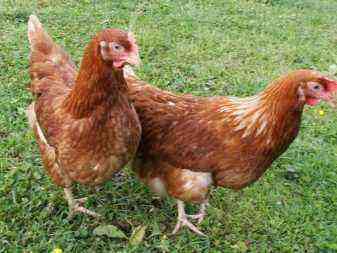You can breed chickens and chickens on a small plot of land by building a special structure and providing the basic conditions for keeping poultry. The whole process – from hatching chickens from eggs to obtaining 4-6 kg carcasses – takes a lot of time and requires some skills. This includes several aspects – from building chicken coops to lighting and feeding chickens.
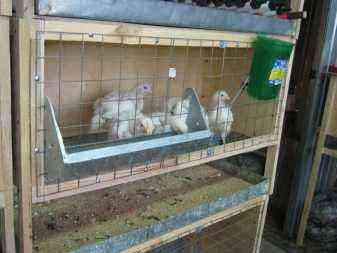
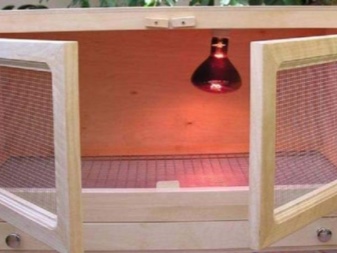
Design features and requirements for them
Successful poultry farming requires premises. For chickens, these are special small enclosures. Chickens can be kept in larger structures. Before installing such a structure, you will need to plan the site. After all, the result will largely depend on the comfortable placement of birds, and on their health and life expectancy, and on the ability to lay eggs.
Poultry must be kept under special conditions:
- a room in the form of a separate structure;
- comfortable temperature for breeding birds inside the structure;
- the presence of a ventilation system;
- draft protection;
- arrangement of the lighting system;
- the ability to maintain the duration of daylight hours.

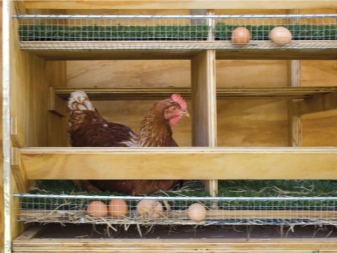
The requirements for keeping broiler chickens will be different. If ordinary chickens need more space, then not very spacious, but well-ventilated cages with good light transmission are equipped for broiler young.
For chickens of any breed and for any rearing purposes, it is important to ensure the following conditions of detention.
- It should be a warm and dry room. Broiler chickens grow well at a temperature of +34 degrees. Week-old young animals can be kept at a temperature of 10 degrees lower. And in the first hours and days, good heating of the chickens will be required. For this, any devices inside the cage are suitable, and on top of the building you can install a lamp or a heating pad.
- A lot of light should enter the room. During the first month, the cage can be illuminated around the clock, gradually reducing the light level to a 16-hour schedule.
- For the full growth and development of young animals, you will need to install feeders and drinkers. To do this, you need to either expand the space of the enclosure, or consider an additional room. Usually these devices are placed at the end of the cage, provided that they are easily accessible to the bird.
The choice of cage size depends on several factors, including the number of chicks. Cages can be simple wire structures or complex two-story structures with a removable bottom tray to facilitate the cleaning of the enclosure. Ensuring the life of poultry – until an adult chicken – normally takes about 45 days. After that, the birds need to be moved to the pen at the rate of: up to 50 young animals per 1 square meter of the room.
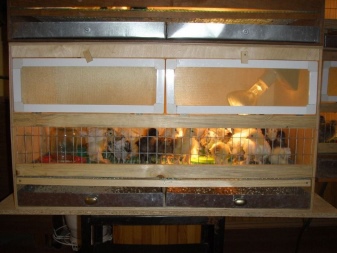
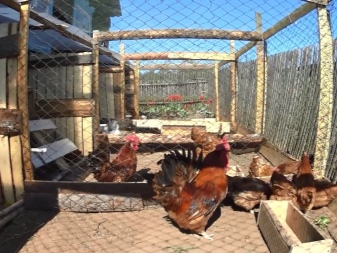
All requirements for the arrangement of cages for young animals come down to improved life support and protection. In the process of breeding chickens, it is required to keep the number of 8–10 individuals unchanged, if this is not a large household plot. But even for a small livestock, multi-tiered cages are increasingly being equipped today, which have their pros and cons:
- of the positive aspects, it is worth highlighting a convenient space for settling, ease of care, long life of the cage, protective functions of the enclosure, a decrease in the incidence of young animals, the availability of materials for the construction of the structure, ease of construction;
- the disadvantages include the lack of experience in building special aviaries for breeding birds, a lack of understanding of the importance of maintaining conditions for the health of birds.
It is unlikely that such disadvantages will tip the scales when it comes to the owner of a household plot. As a rule, a little building experience is enough for the initial arrangement of the paddock.
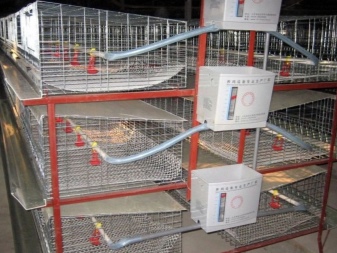
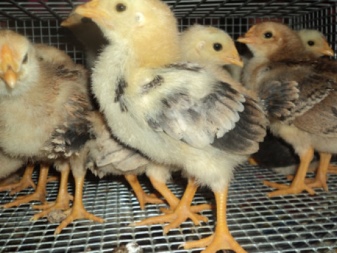
Necessary tools and materials
There are several options for building a chick cage, depending on the availability of materials. The simplest, most convenient and achievable result is to build a wooden cage with compartments. The outer walls in it will be solid, made of wood or plywood. Typically, such cages (or enclosures) are not intended for transfer, but for permanent residence.
For a wooden cage you will need:
- a set of boards and sheets of plywood;
- metal fine mesh;
- sheets of galvanized iron;
- plastic tray;
- fixing set;
- simple set of building tools.
To make a battery cage (or multi-tiered cage) you will need:
- sheets of galvanized iron;
- plastic pallets;
- timber and sheets of plywood;
- fasteners;
- cellular mesh with holes of different parameters.
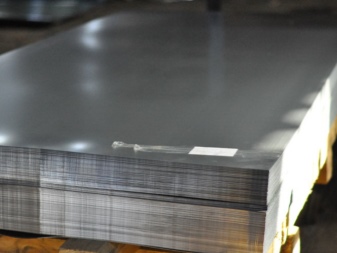
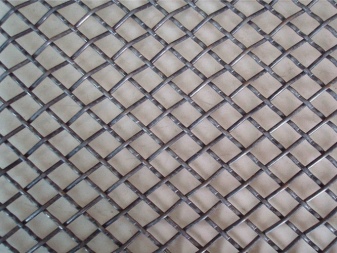
The entire metal structure consists of mesh and iron sheets. Such a cage is good in that it provides proper air circulation and affects the mobility of chickens. The metal structure is especially valuable in winter, it accumulates heat. It is not difficult to equip a metal cage for raising chickens. Consider what is required for this.
- The crate itself is made of three metal sheets – for the construction of the floor and roof, a separate sheet is used as a back wall. For fastening the partitions to each other, building glue and screws are used.
- It is important that the cage has sharp corners for the tightness of the structure. From the inside, the cage at the junction is laid with foam rubber.
- The metal mesh serves to overcast three sides. As a result, three sides of the cage will have solid walls, and three more will be installed in the form of a grid.
- Chickens are calmer when their horizons, light, warmth and fresh air are available to them.
- A metal cage is durable and reliable, and will also last longer than a wooden building.
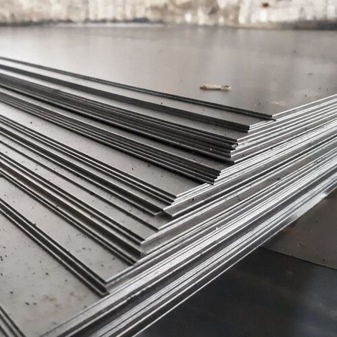

To achieve a natural and more sustainable design, treated wood is usually used. A wooden chick cage can be used all year round if there is a metal or plastic tray and a heater inside the aviary. In general, the design must meet the following requirements.
- You can assemble a wooden cage from several sheets of plywood or chipboard in the form of three regular rectangles: one will serve as the floor, the second as the ceiling, and the third as the back wall.
- For structural strength, you will need a pair of wooden posts – they are placed at the junction with the floor and ceiling where the rectangles should not touch.
- Despite the wooden base, such a cage is lined with a net to protect the chickens from three sides. The mesh is attached with screws and construction adhesive.
- Since the main walls are made of wood, there is a chance that chickens or hens will peck at the walls. At the same time, the tight mesh should not injure the bird. It is important to find the best way to arrange a cage (hen house or aviary).
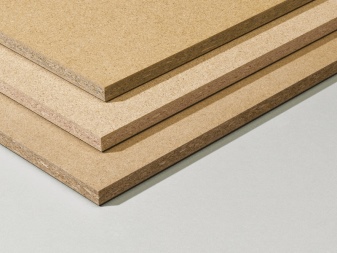

How to make your own?
When choosing a cage design for young poultry two factors are taken into account:
- whether it will be a stationary structure (floor fixing, wall fixing);
- or a portable (mobile) structure using wheels or removable legs (it is important to assemble the structure correctly).
Building a do-it-yourself aviary for breeding poultry involves simplicity, lightness and mobility of the design. Also, before building a chicken coop, it is important to opt for environmentally friendly materials with a minimum use of plastic, dyes (a bird can peck out plastic and paint, which will negatively affect its health).
Usually the cage is made from improvised materials, which will not affect the costs.
Do-it-yourself construction is an affordable and relatively uncomplicated way to transform your backyard. Moreover, there is always the opportunity to experiment with the plan and drawings for future construction.
The aviary is easily and quickly assembled according to the instructions, which can be seen in the example of the following building.
- We make a welded wire mesh with a small cross section and a diameter of 23 mm (such a mesh is often used in industrial poultry houses). A galvanized mesh measuring 16 by 25 mm is taken (the mesh is purchased by the footage or in the form of sheets).
- You will need a separate piece of wire to fasten the pieces of mesh together.
- Also in the work you will need a hammer, tongs, pliers.
- For complicated designs, it is recommended to use a glue gun.
- For protection during work, do not neglect gloves.
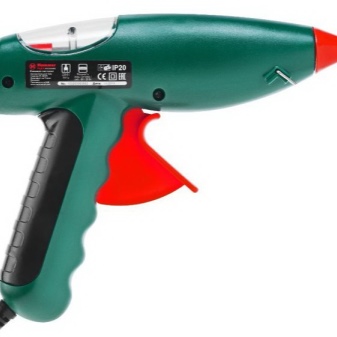
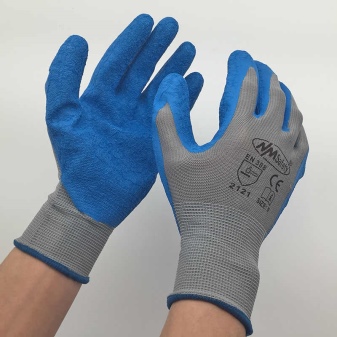
Step by step construction of a chick cage.
- To build an aviary for breeding poultry, you first need to make drawings, cut the grid. It is straightened and cut along, getting two strips, equal in width and height.
- With wire cutters or pliers, separate each wire where necessary. From the rolled mesh, a piece of wire is cut into a cage length (from 1,5 to 3 m). In this way, the sides are prepared for the corral.
- Then a piece of mesh 95 cm wide is cut to create an end for the aviary.
- The resulting side walls and end are cut in half.
- After that, you can prepare a plate for the top cover (the size should cover the cage, repeating its size around the perimeter).
- Next comes the assembly of the resulting blanks using pieces of cut wire from 3 to 5 cm.
- When fastening, it is important to hide the remaining “tails” of the wire so that the bird is not injured.
- When assembling the cage, it is important to observe the spatial relationship so that the chickens are not cramped in the conditions of detention.
- At the final stage, the cage is checked at the points of fastening and joints, as well as at the moment of adhesion of the materials.
- For reliability, the top cover of the enclosure is additionally tied with a rope to the base of the cage.
Thus, the cage serves as a reliable home for chickens and shelter from external factors. As the young grow older, the bird is moved to more spacious special cages.

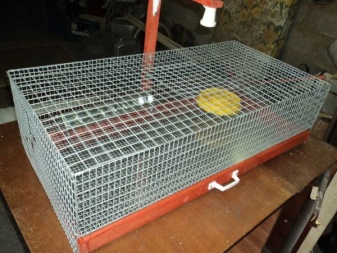
Terms and rules for placing birds
Day old chicks are placed in a separate aviary with suitable conditions for the growth and development of young animals. For fifty kids, it is enough to equip an aviary of 1 square meter. By the age of one and a half months, poultry moves into a cage – chickens are resettled in pens, where they will continue to gain weight. Before settling in pens, it is important to equip the cages by placing everything you need in them: feeders, drinkers, heaters, lights, pallets for removing feces.
While the chicks are small, special equipment is arranged for them, simulating conditions with a mother hen, a temperature regime is set, and a regular supply of food and vitamins is checked.
For keeping chickens, 10 square meters are required, young animals are placed on an area of 30 square meters, and an adult bird lives in aviaries up to 60 squares, depending on the number of livestock.

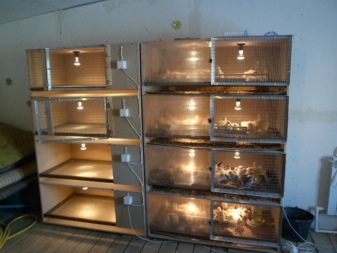
Heating and lighting of cages
A warm cage is installed to raise the chicks. Simple equipment is used for heating and lighting. Lighting fixtures are usually fixed in the aisles at a height high enough not to interfere with the movement of the chicks, and so that the lamps can be changed. For broilers and laying hens, the lighting differs markedly in the direction of increasing intensity. Day old chicks need brighter, almost round-the-clock lighting in the form of long daylight hours. In young animals, such illumination lasts for the first 10 days, gradually the light intensity decreases. After a couple of months, it is enough to provide a 10-hour daylight hours.

Interior arrangement
The main elements of arranging a cage or pen for poultry include: feeders, troughs, plates, drinking bowls, gutters. Feeders should be equipped in such a way that it is convenient for the owner and chickens to approach them. These can be plastic pipes with holes into which food is poured, or simple troughs welded from metal or assembled from pieces of plywood. You can purchase ready-made or automatic feeders.
Homemade drinkers look the same as feeders, only additional protection is installed under the bottom. Drinking bowls can be closed and open type. It can be a bucket of water and a lid with nipples inserted into the body. Drip eliminators have also proven themselves well, allowing you to control the water level. Vacuum drinkers are more suitable for stationary cages.
In general, you can choose any way of life support for chickens and chickens, using the material at hand.
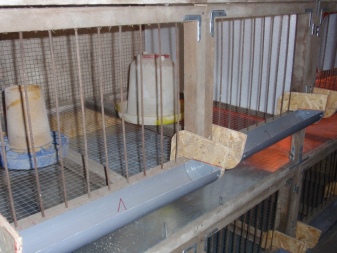

How to make a cage for chickens with your own hands, see the following video.
